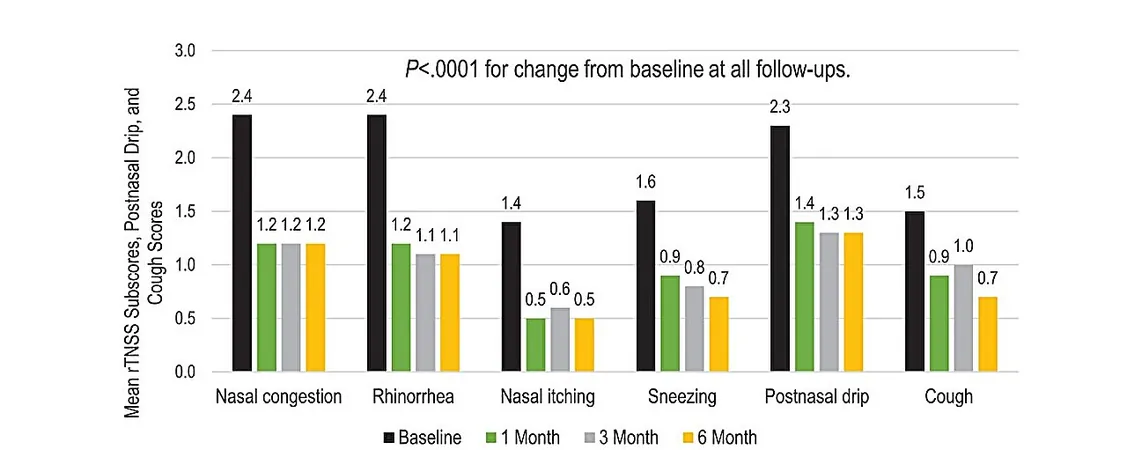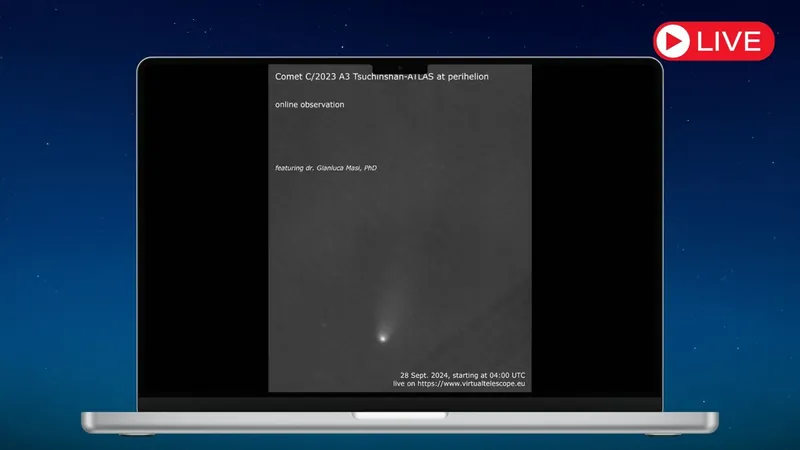
Weight Loss Drugs: The Unlikely Heroes in the Battle Against Fatty Liver Disease!
2024-09-18
Introduction
In an exciting development for those affected by fatty liver disease, researchers are uncovering potential solutions that extend beyond conventional pathways. Also known as metabolic dysfunction-associated steatotic liver disease (MASLD), this condition has surged in prevalence, now impacting nearly 40% of adults in the United States. Characterized by the accumulation of excess fat in the liver, MASLD can lead to inflammation, fibrosis, and, tragically, even liver cancer.
Key Insights from Recent Research
A groundbreaking study published on August 27 in Cell Metabolism by a team from Yale School of Medicine introduces key insights into the metabolism of liver fat. Led by renowned researcher Dr. Gerald Shulman, the study reveals that individuals with MASLD metabolize fat at comparable rates to healthy individuals—an assertion that clarifies a long-standing debate in the medical community.
The Role of Glucagon
But here's the game-changing twist: the research also found that rising blood levels of glucagon, a hormone linked to glucose regulation, can revitalize liver metabolism. This discovery holds substantial implications for the effectiveness of certain weight loss and diabetes medications, such as retatrutide, which contain glucagon agonists. These drugs may tackle fatty liver disease through a multifaceted approach, providing a glimmer of hope for patients.
Current Treatments and Future Directions
While existing treatments, like the newly FDA-approved drug resmetirom, represent progress, Dr. Shulman cautions that not all patients respond effectively to these options. He emphasizes the urgent need for alternative agents, particularly therapies aimed at enhancing liver mitochondrial fat oxidation.
Understanding Mitochondrial Oxidation
Mitochondrial oxidation—the liver’s method for converting fat into energy—could hold the key to significantly reducing fat build-up in the liver. If researchers can pinpoint strategies to amplify this metabolic process, they may pave the way for reversing MASLD and related conditions such as metabolic dysfunction-associated steatohepatitis (MASH).
Innovative Research Methods
Interestingly, prior studies produced conflicting results regarding whether fatty liver itself boosts mitochondrial oxidation rates. To put this ambiguity to rest, Dr. Shulman's team employed an innovative technique called positional isotopomer NMR tracer analysis (PINTA). This method provides a real-time look at liver metabolism among participants, revealing a unified rate of mitochondrial oxidation across individuals with different liver conditions.
Potential Benefits of Glucagon Infusions
Further investigations showed that administering glucagon infusions increased hepatic mitochondrial fat oxidation rates by 50 to 75% in both healthy individuals and those with MASLD. This suggests that elevating glucagon levels could yield dual benefits: reducing fat intake and boosting energy expenditure. Weight loss medications that stimulate glucagon activity could thus prove beneficial for patients battling liver fat.
Efficacy of GLP-1 Agonists
Notably, GLP-1 agonist drugs, such as semaglutide (known as Ozempic), have already demonstrated efficacy in alleviating excess liver fat associated with MASLD. As researchers, including Dr. Shulman, continue to explore dual-action treatments that combine GLP-1 agonists with glucagon-raising compounds, the fight against fatty liver disease takes a promising turn.
Conclusion
With these revelations, we stand on the brink of a potential revolution in how fatty liver disease is managed. The amalgamation of weight loss drugs not only supports the fight against obesity but may also be a pivotal player in diminishing the prevalence of fatty liver disease in the U.S. and beyond. Patients and healthcare providers alike should stay tuned for these innovative therapeutic strategies!



 Brasil (PT)
Brasil (PT)
 Canada (EN)
Canada (EN)
 Chile (ES)
Chile (ES)
 España (ES)
España (ES)
 France (FR)
France (FR)
 Hong Kong (EN)
Hong Kong (EN)
 Italia (IT)
Italia (IT)
 日本 (JA)
日本 (JA)
 Magyarország (HU)
Magyarország (HU)
 Norge (NO)
Norge (NO)
 Polska (PL)
Polska (PL)
 Schweiz (DE)
Schweiz (DE)
 Singapore (EN)
Singapore (EN)
 Sverige (SV)
Sverige (SV)
 Suomi (FI)
Suomi (FI)
 Türkiye (TR)
Türkiye (TR)